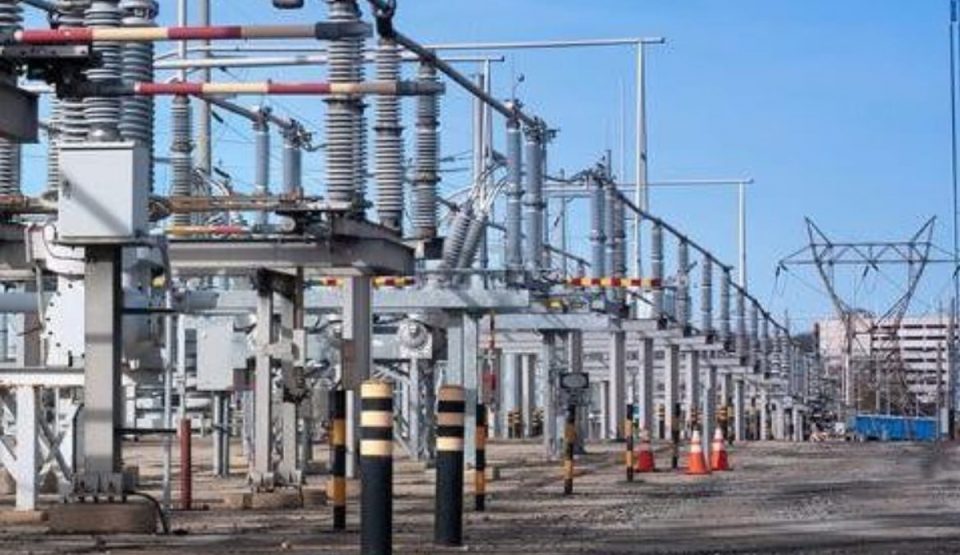Nigeria power generation dropped by 19.23 per cent to 3,089.30 Megawatts yesterday, leaving most parts of the country without electricity supply for the festive season.
According to data from the Independent System Operator (ISO) portal, a semi-autonomous unit at the Transmission Company of Nigeria (TCN), the drop is against the peak generation of 3,829.7MW recorded on Sunday, translating to a 735.30 MW loss.
The Association of Power Generation Companies, APGC, has often blamed poor management of the grid by the Transmission Company of Nigeria, TCN, as one of the factors responsible for low power distribution in the country.
APGC Executive Secretary, Mrs. Joy Ogaji said: “The GENCOs are supposed to start the turbines and stop at most 20 times a year, but in Nigeria, the GENCOs start and stop 365 days every year and wear and tear are affecting the plants which causes maintenance issues at a time when they should be optimal.
“Last year GENCOs engaged an expert to investigate these issues; it was found that the ramp down and ramp up has affected the turbines. For instance, Siemens has told Geregu to shut down the machines because if the start and stop continues, it will destroy the three turbines. General Electric has also notified Calabar of a similar issue and awaiting maintenance.”
Similarly, in a document obtained by Vanguard, inefficiency as well as lack of capacity is seen as bane in the sector’s development.
The report titled, ‘Nigerian Power Sector – Gas and Power Generation Brief’ noted that “Nigeria’s overall generation capacity increased gradually, from approximately 5,500MW in late 2014, to more than 11,000MW installed capacity by end February 2021.
“However, of this installed capacity, the available capacity varies from approximately 7,500MW to 4,200MW, depending on gas availability for the gas-fired power plants, hydrological conditions for the Hydro power plants and power plant maintenance issues.
“However, actual power generation is constrained-down to a maximum of 5,500MW by Transmission factors, which are beyond the control of the power generating companies.
This supply is premised on an On-Grid demand of 28,880MW2, as at end February 2022.
“This sub-optimal performance of power generation plants is summarised in the commercial performance of the Nigerian Electricity Supply Market. At end-December 2021, NESI Market collections for electricity supplied were only able to cover 64 percent of the cost of supplying the electricity.
“This problem is further exacerbated, by the fact that power generation plants and gas suppliers sit at the bottom of the electricity payment value-chain, with the unutilized capacity of power generation plants and the associated gas infrastructure, still unaccounted for.
“It has to be recognized that the Nigerian Power Sector is still in transition, from a Government owned, to a private-sector owned and operated, industry; therefore will still face structural, technical, commercial and financial challenges.
“These challenges, which are still accounting for the under-performance of the Nigerian Electricity Supply Value Chain, will need to be effectively tackled, if the potential of the Nigerian power sector is to be realised.”
The report called for effective solutions to the gas and power generation problems, adding that it will galvanise the Nigerian populace and the international community and thus serve as the springboard for the successful conclusion of the Nigerian Power Sector Reforms.




